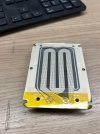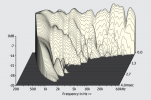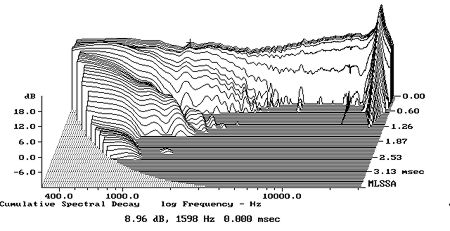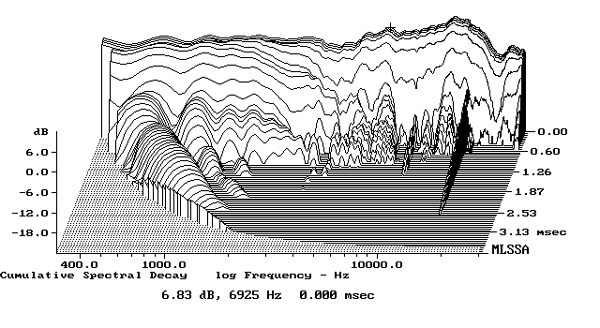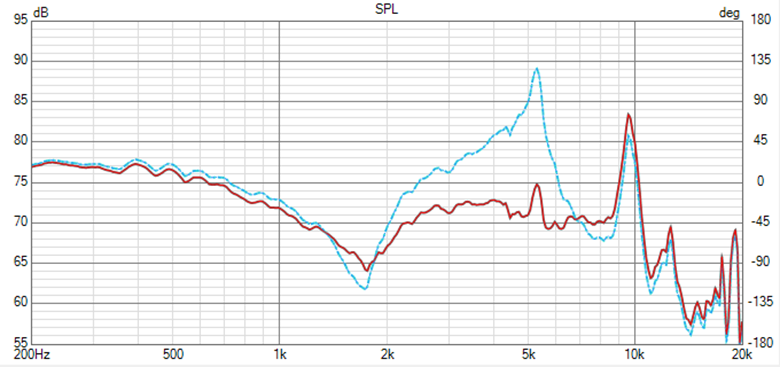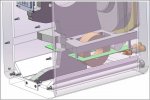Chris I know I'm not alone in really appreciating your posts in this forum!
This one was particularly interesting and full of detail.
I hope you don't mind a quick general question based on one thing you mentioned, and a little sidetrack from the PS speakers:
I think waterfall plots a little controversial around here. But putting that aside for a moment:
I've wondered if "good" waterfall plots relate to certain characteristics I hear on some speakers. For instance, I used to own
Hales Transcendence 5 speakers (and still own Hales Transcendence 1 and center channels for my home theater), and one of the main attractions is how absolutely "clean" they sound. More than most speakers I'd heard, there was an utter lack of "tizz" or strain or fuzziness or grain, just a super pure clean sound. Later on I was attracted to, and purchased, Joseph Audio Perspective speakers which struck me with the same super clean grain free character in the mids/highs.
It seems a common denominator is they both use similar SEAS magnesium-cone drivers. Though of course every driver has it's liabilities, the waterfall plots measured in stereophile for both speakers looks very clean, generally, for both speakers:
Hales Transcendence 5 Speakers:
Joseph Audio Perspective 2 Graphene speakers:
Would the waterfalls reflect what I seem to hear in terms of the clean, pure sound? Or...something else?

